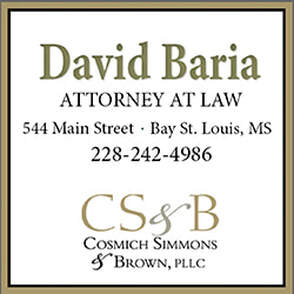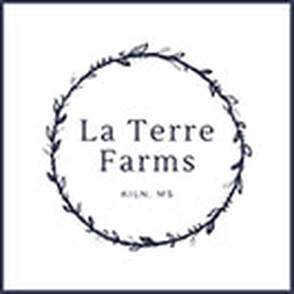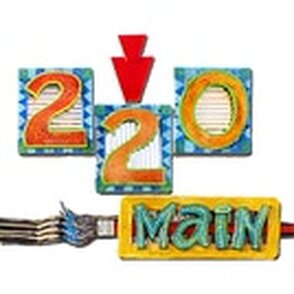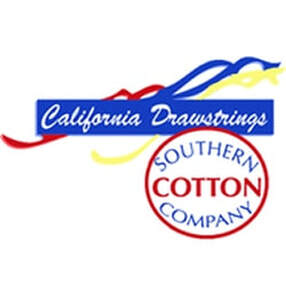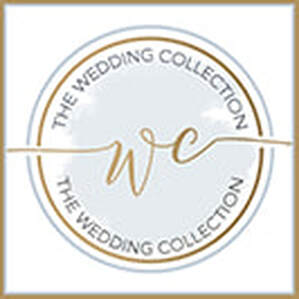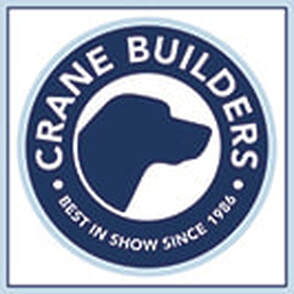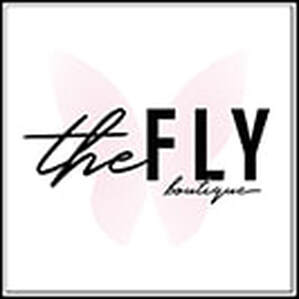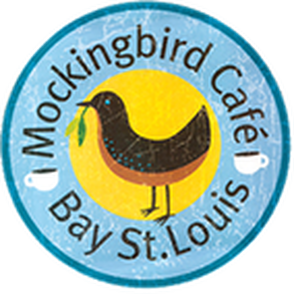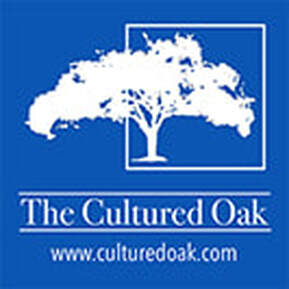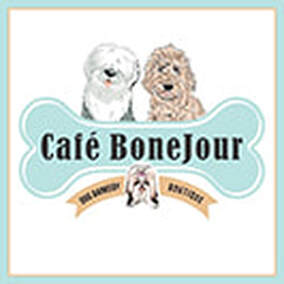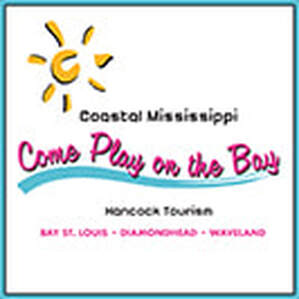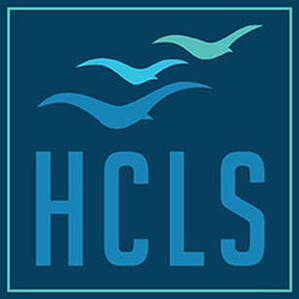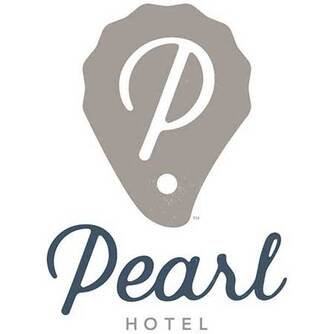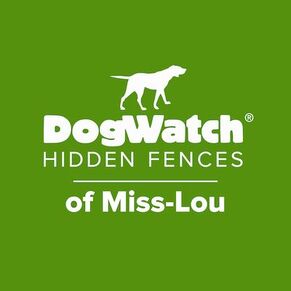Birds need three things to survive – and if you provide these things, they will come! Here is a primer on food, feeders, and how to create a safe haven for backyard birds.
- by Dena Temple
I found a program hosted by the local chapter of Audubon. They were a friendly bunch, and their love of all things birds was highly contagious. They suggested I purchase a field guide, so I could learn about the birds I was seeing. They also recommended what type of bird feeders and seed to buy. I had no idea there was such a variety of both. Once I had a few different feeders up with proper food, it took about a month for the neighborhood birds to find them – and a wonderful hobby was born. There are a bunch of lessons in the paragraphs above, and I want to share a couple of tips to help you enjoy backyard birds. Soon, maybe you will be a “bird maniac” like me, dropping everything to search for a new bird for your “life list.”
A good field guide will present information in a clear, concise way. Birds are usually listed in taxonomic order by families (waterfowl, pigeons/doves, etc.) and typically feature illustrations rather than photographs, because drawings can show field marks that may not be apparent in a photo. I recommend The Sibley Field Guide to Birds of Eastern North America: Second Edition (ISBN-13 978-0307957917), which is considered to be the most authoritative guide in use today. David Sibley’s beautiful illustrations depict 650 species of birds and include descriptive captions that point out important field marks. I keep one in my car and one by the window overlooking my feeders. (Side anecdote: Some of my older birding friends used to run into Sibley in the field as a teen, sketching birds. How cool is that?)
TIP #2: Connect with the bird nerds. Nothing changed the course of my life more than the day I attended my first Audubon program. I have no idea what the program was about, but I was awestruck at seeing a room full of people who were completely obsessed with birds. They clustered in small groups chatting breathlessly about who-saw-what-when. Someone drew a rough map on a napkin showing where they had seen a Short-eared Owl. “Fans” gathered around the monthly speaker trying to glean a little extra knowledge after his presentation. Several members recognized my husband and me as newcomers and chatted us up. Their passion for birds and conservation was life-affirming, and contagious. Once you find a group of like-minded bird people (who like to be referred to as “birders” rather than “bird-watchers”), they will impart bird knowledge upon you. They love to share – and soon, you will feel compelled to share your knowledge, too, to help spread a culture of conservation yourself. Tip #3: Offer birds the three things they need. Number one: Shelter. All birds need three things: food, shelter and water. The more you offer, the more attractive your yard will be, and the more birds you will see. It really is that simple! Shelter can make the difference between busy, active feeders and having no takers. I will often see birds at my feeders freeze, motionless. When this happens, I know a predator is nearby. A quick scan of the trees often turns up a Red-tailed or Cooper’s Hawk watching the feeders, waiting for a songbird to make one wrong move. Nearby trees and shrubs give your visitors a place to hide from a hungry hawk and makes your feeding station feel safer to visit. Providing a multi-layered yard (trees and understory) also offers birds attractive nesting territory. Birds not only nest in trees; some species take up residence in shrubs, or even on a secluded patch of earth. Watching resident birds raise a family is a fascinating experience, too. We have hosted Carolina Wren, Carolina Chickadee, Tufted Titmouse, Ruby-throated Hummingbird, Gray Catbird and many others, and marveled as numerous clutches of chicks learned to fly. Native plants and flowers provide not only shelter but food for birds as well. A mulberry tree or blueberry patch, for instance, will attract berry eaters like Cedar Waxwings, Gray Catbirds, Northern Mockingbirds, orioles, tanagers and other species you might miss by feeding only seed. Places like the Crosby Arboretum (Picayune) and Pascagoula River Audubon Center host native plant sales a few times a year, usually in the spring and fall. Tip #4: Belly on up to the birdbath. The second thing all birds need is a source for water. While putting out seed only attracts seed-eaters, a water source will attract almost any type of bird and other forms of wildlife as well. A birdbath, fountain or dripper can be a great place to enjoy your morning coffee or an evening cocktail as birds of all types come and go. The sight of the steady water drip can be a bird magnet! Fixings for a dripper, which is a valve that releases water very slowly in a steady drip, can be purchased online or at some local garden centers. You can even make a simple dripper from a five-gallon bucket by punching a pin hole in the bottom and suspending it over a catch basin. Be sure to clean your “water feature” regularly, as algae and mold can be harmful, and standing water can breed mosquitos. Tip #5: Different species of birds eat different things, and even birds like to switch it up sometimes. Some birds, like herons, eat crustaceans (like small crabs) and fish. Some, like wood-warblers, eat mostly insects. Hummingbirds eat insects and supplement with the nectar of flowers. And still other birds, like woodpeckers and cardinals, eat seed. Among seed-eaters, you can tell a lot about what a bird eats by its bill. Cardinals, for example, have a large, conical bill suitable for cracking big seed, like sunflower. The most common type for bird-feeding is black oil sunflower seed; its high oil content offers superior nutritional value. Black oil sunflower seed is readily available both in mixes and by itself. Feeders for sunflower seed have large seed ports, or are made from a steel mesh with openings large enough so birds can extract the seeds. By comparison, American Goldfinches have a petite bill more suitable for use on a smaller seed. In most parts of the country their seed of choice is niger, or thistle seed (the terms are used interchangeably). The tiny niger seed is offered in feeders with very small feeder ports, as larger ports would allow the seeds to spill onto the ground. You expect me to tell you that goldfinches here prefer niger seed, don’t you? Let me save you some money and aggravation: DO NOT BUY IT. Niger seed is very expensive. And for some reason, goldfinches in our area seldom eat Niger seed and actually prefer mixed seed. They will even wrench open sunflower seeds around here. Go figure! Mixed seed blends usually contain a mix of sunflower, safflower, miso and millet seed, and may also contain cracked corn, wheat and peanut chips. A high-quality mix will attract numerous species of birds, like House Finches, Carolina Chickadees, Tufted Titmice, Northern Cardinals, Red-winged Blackbirds, Common Grackles, Blue Jays, sparrows and rarely Painted Buntings. Good mixes contain more sunflower and safflower and less corn, millet and wheat, which have little nutritional value to birds. “No waste” blends offer shelled seed to reduce yard mess – these tend to be very expensive but may be worth it if convenience is important to you. Different species of birds feed differently. Some prefer a hopper-style feeder (woodpeckers and cardinals), while others prefer to snatch seed from a tube (finches). Some species, like doves and sparrows, prefer to eat off a tray or directly off the ground. A good mix of feeder types will yield a good mix of birds in your yard. There are several other foods for birds that fall outside the seed realm. Suet cakes, made from rendered beef fat, are an important winter source of energy for birds. Birds that are attracted to suet include Downy, Red-bellied and Red-headed Woodpeckers, Northern Flickers, Carolina Wrens, and others. Do not use these in warm weather, as the suet tends to spoil. Nectar, which is merely a 4:1 solution of water and cane sugar, is an important food source for hummingbirds. For more information on feeding hummers, see my previous article here. Some home centers carry nectar feeders that are supposed to be designed to feed orioles, but none of my friends have successfully attracted orioles with one of these nectar feeders. If you are blessed with Eastern Bluebirds in your area, you can also offer dried mealworms. These are available at home centers in the bird-feeding aisle. Finally, some people offer cut citrus fruit, particularly oranges, in an effort to attract orioles. This does work! Commercial oriole feeders usually contain a peg or nail to hold an orange half, and a small cup to hold grape jelly – another oriole favorite. The Squirrel Situation To paraphrase Benjamin Franklin, in this world, nothing is certain except death, taxes - and squirrels. No conversation about bird feeding is complete without mentioning them. They can steal your expensive seed and damage all but the most bulletproof bird feeders. Some people choose to set out corn in hopes of deterring these rascally rodents from attacking bird feeders. Others try to outwit the squirrels by hanging feeders in places the squirrels can't reach. (Trust me, the squirrels can reach just about anything.) And yet others opt for expensive "squirrel-proof" feeders, counting on modern technology to outsmart the varmints.
Final Tips:
Enjoy this feature?
Enjoy the Shoofly Magazine? Reader donations help underwrite correspondents who write about and photograph our community.
Use the button below to join our Readers’ Circle! Comments are closed.
|
Categories
All
Archives
July 2024
|
Shoofly Magazine Partners
Our Shoofly Partners are local businesses and organizations who share our mission to enrich community life in Bay St. Louis, Waveland, Diamondhead and Pass Christian. These are limited in number to maximize visibility. Email us now to become a Shoofly Partner!

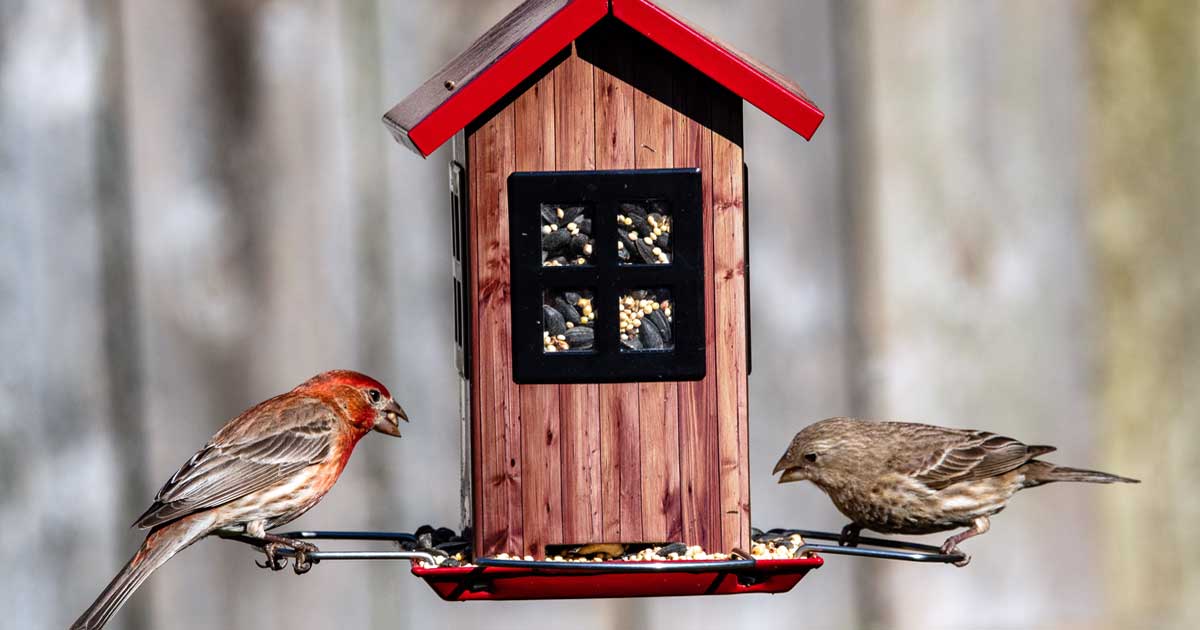


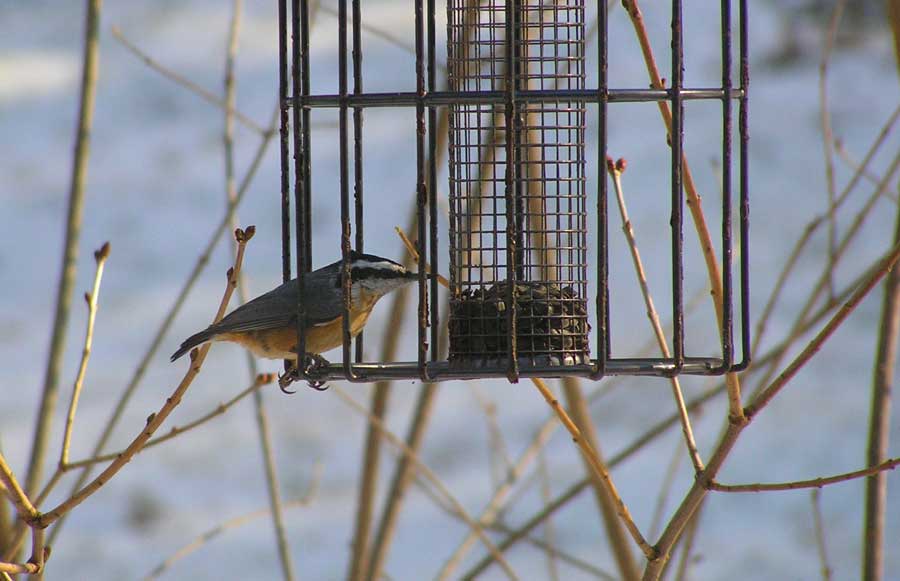
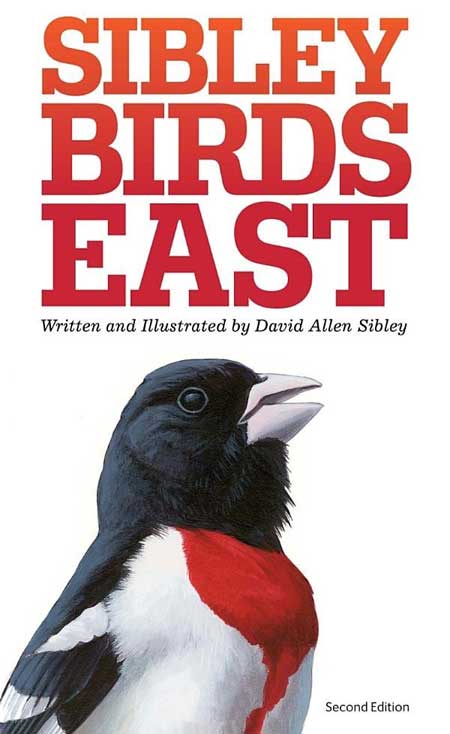
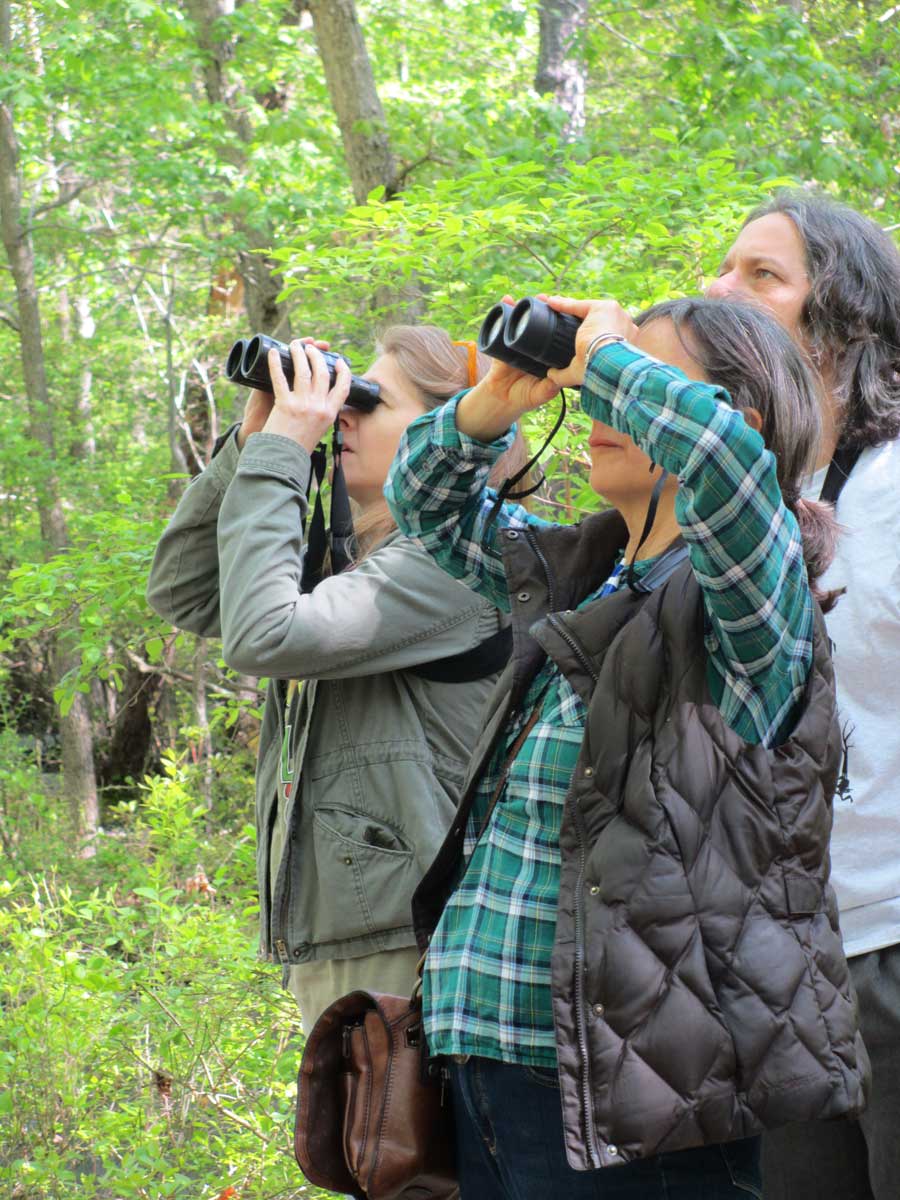
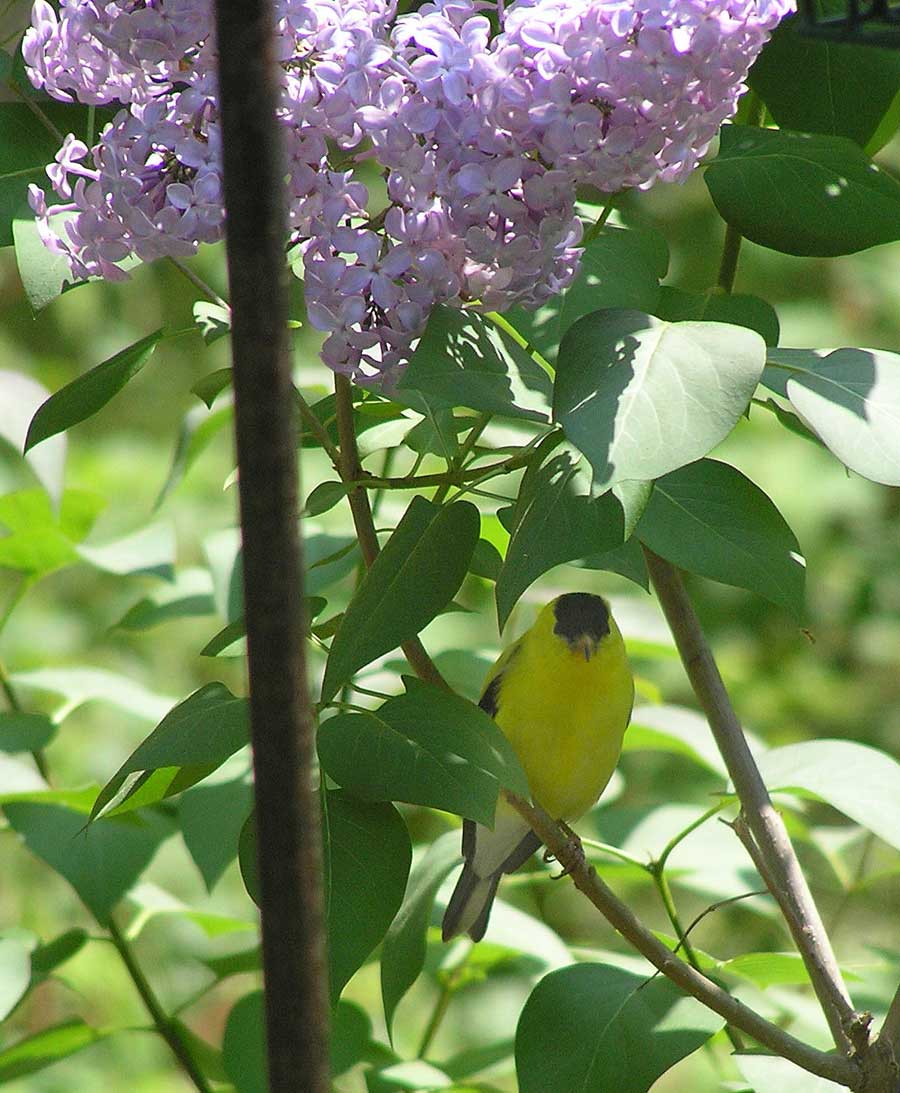
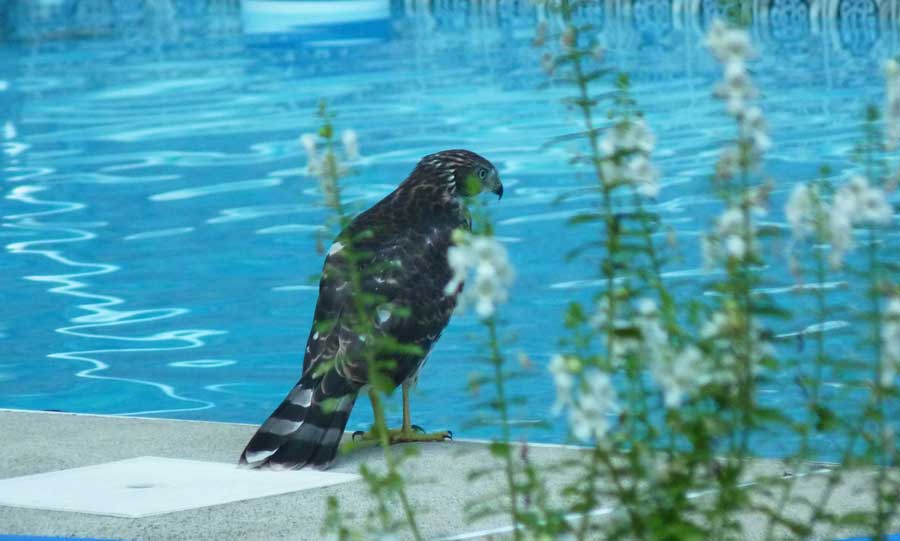
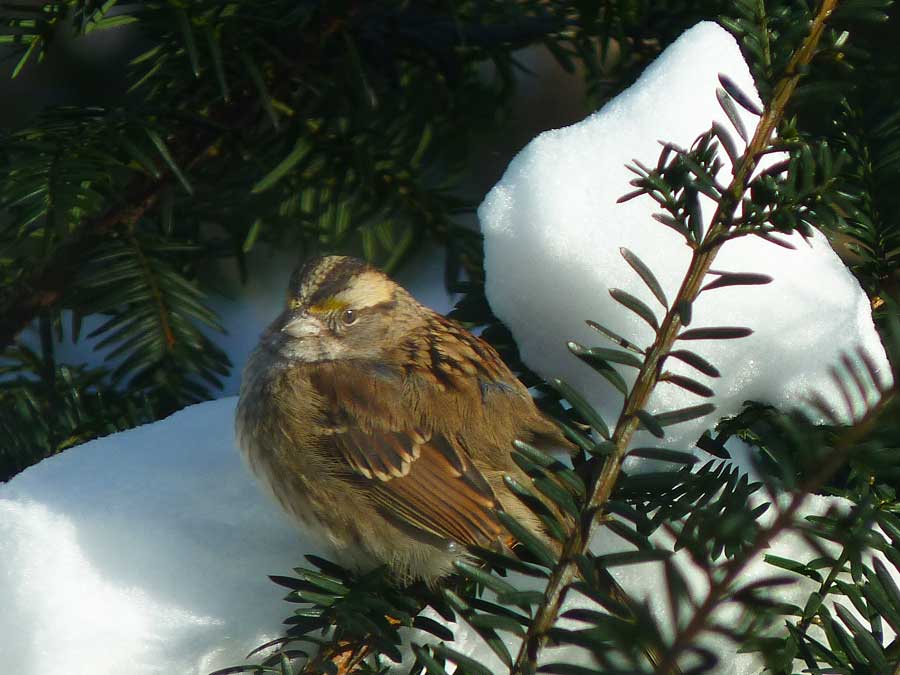
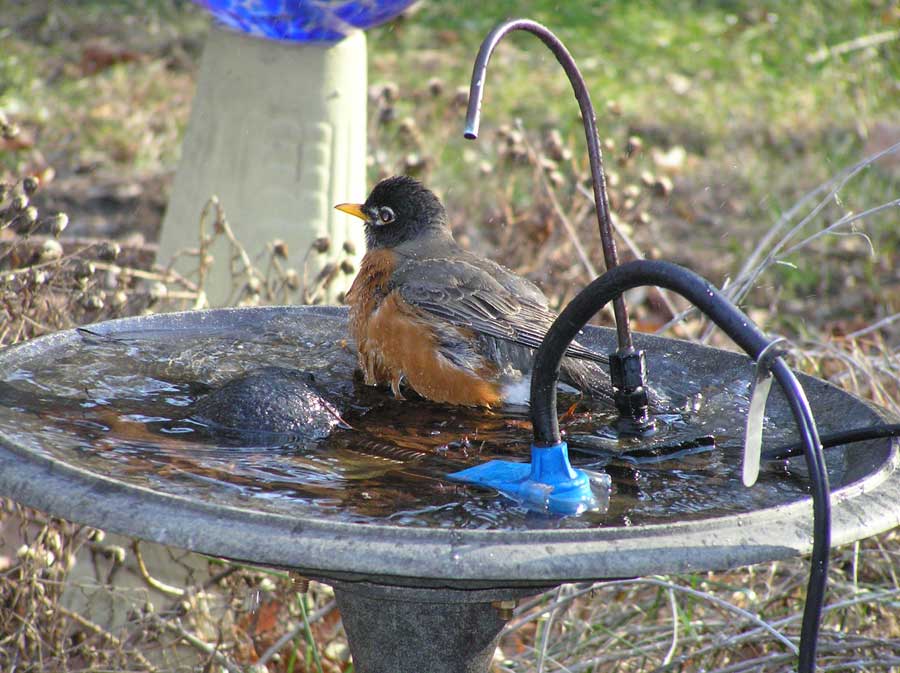
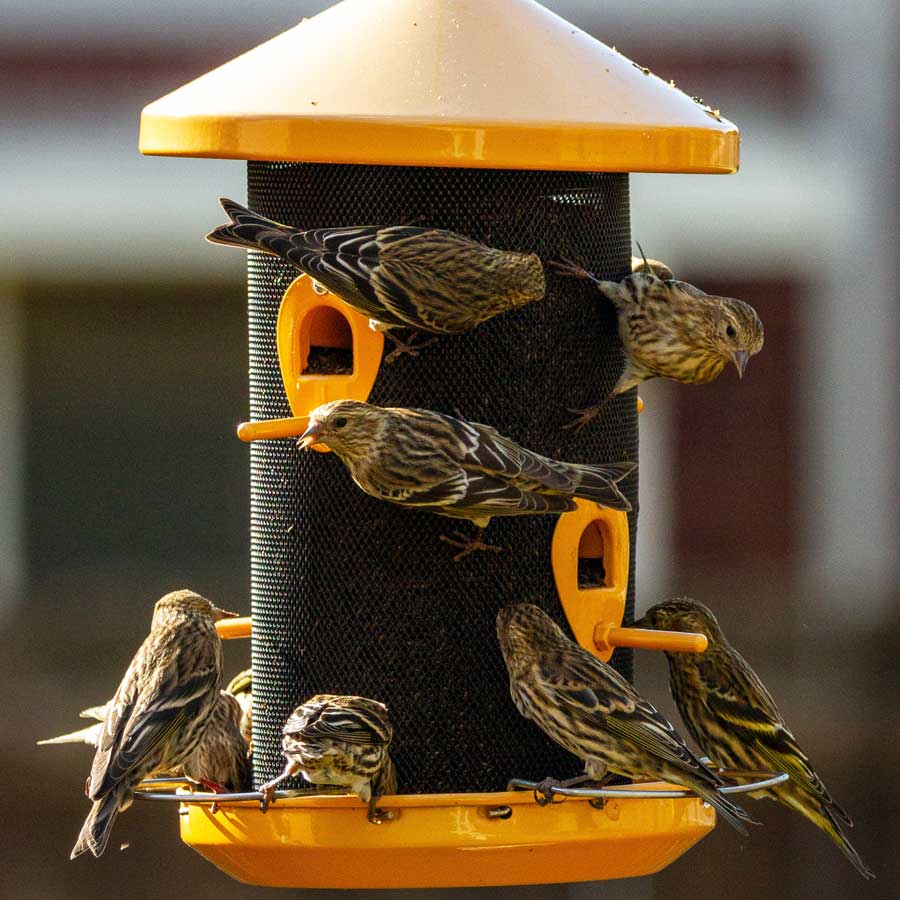
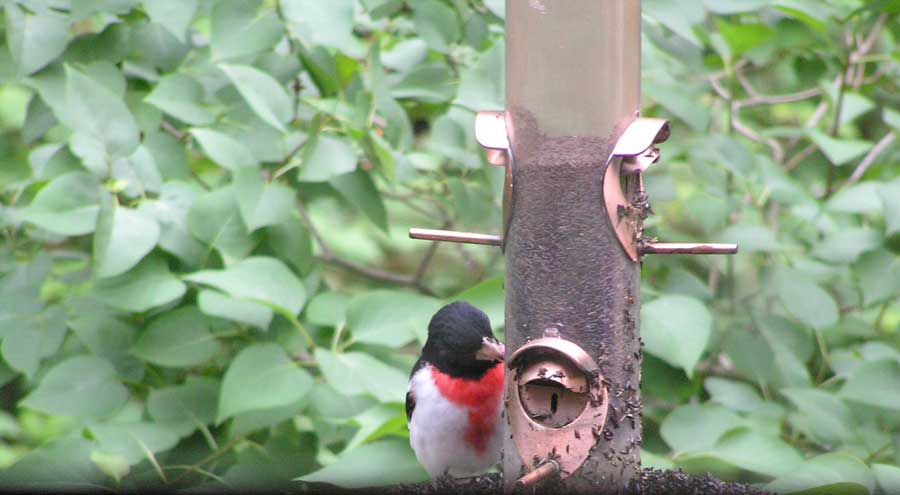
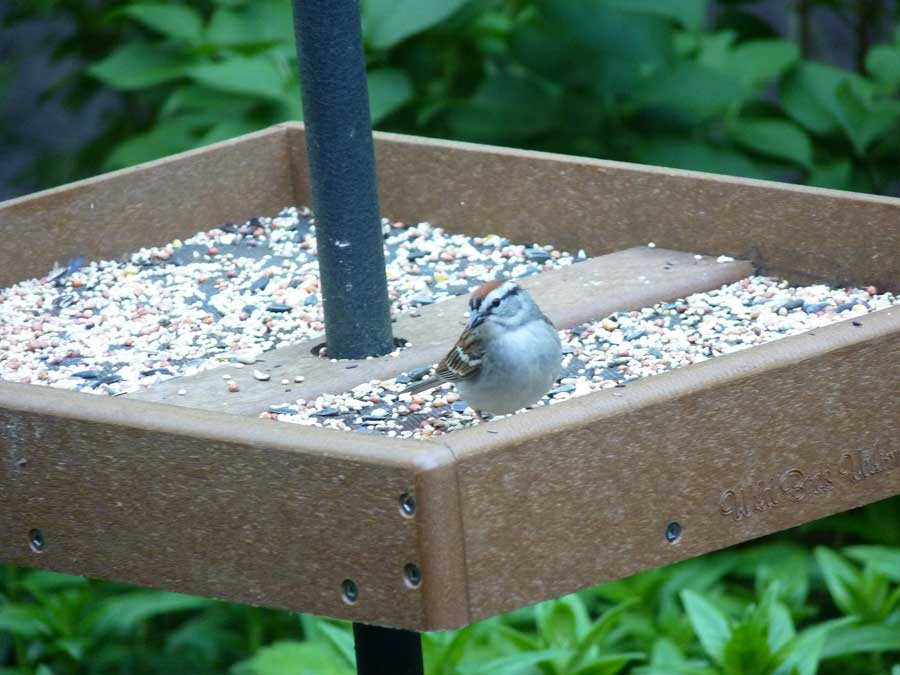
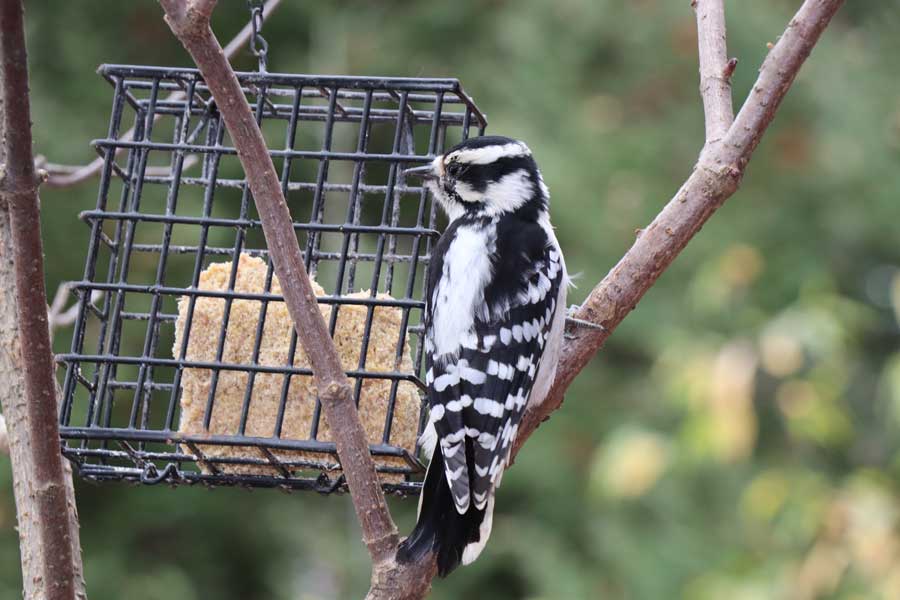
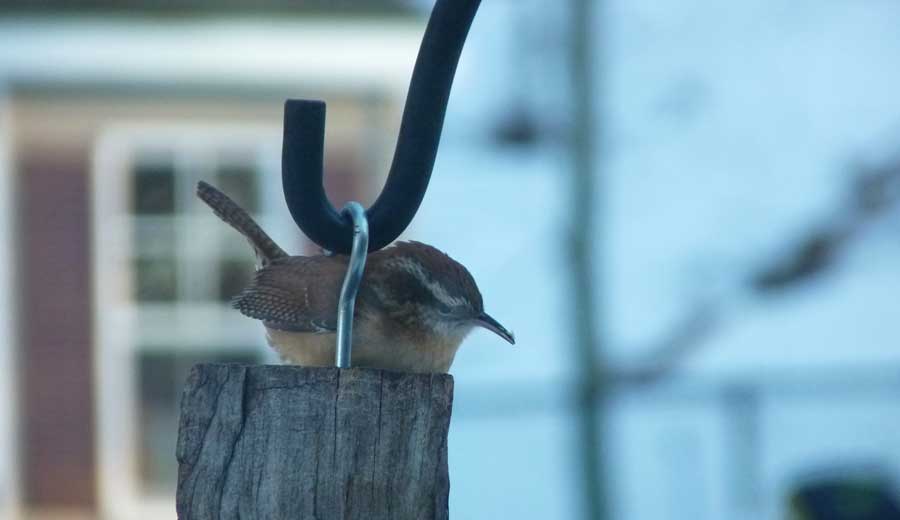
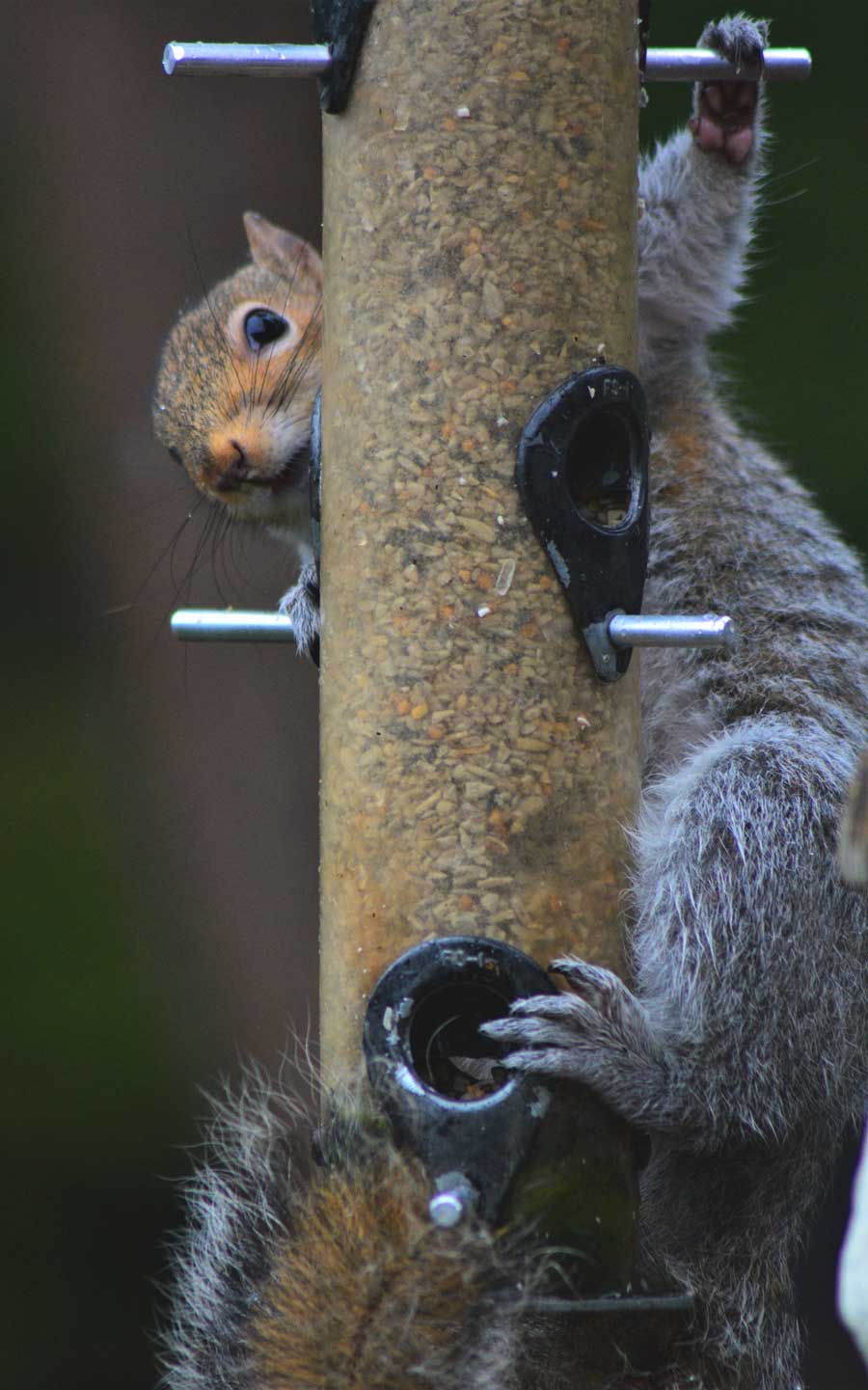





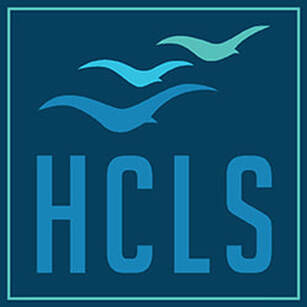
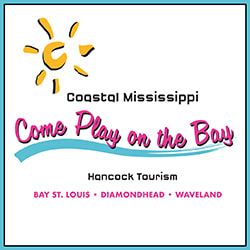
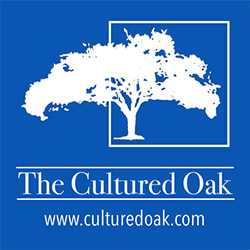
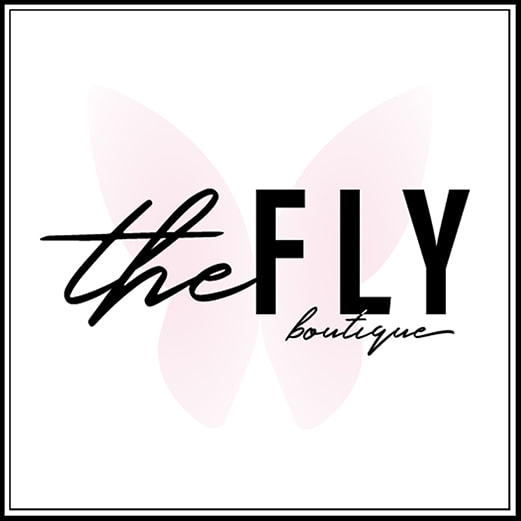


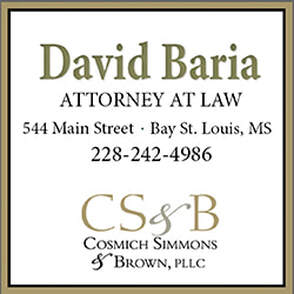

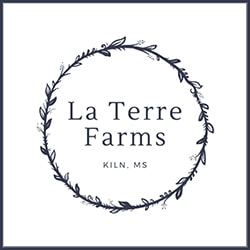


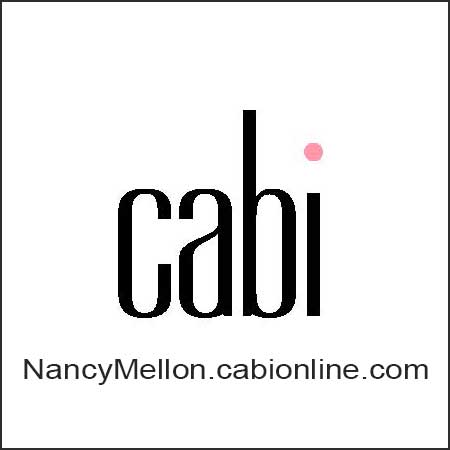
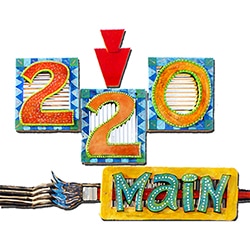

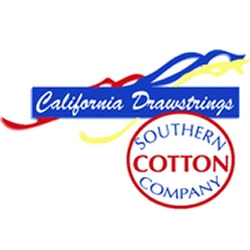
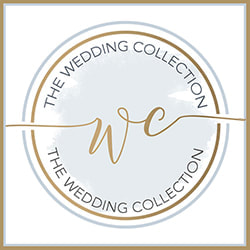

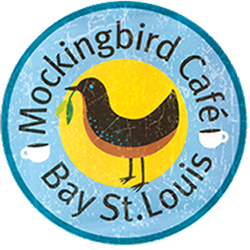

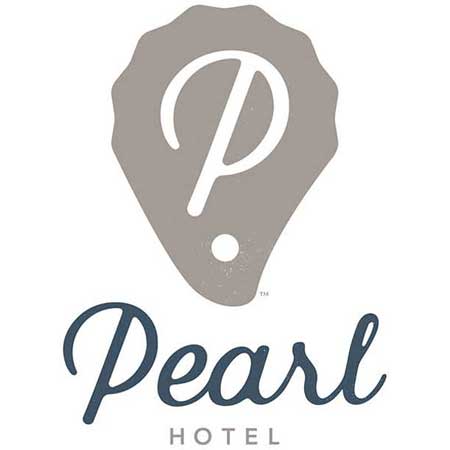


 RSS Feed
RSS Feed


